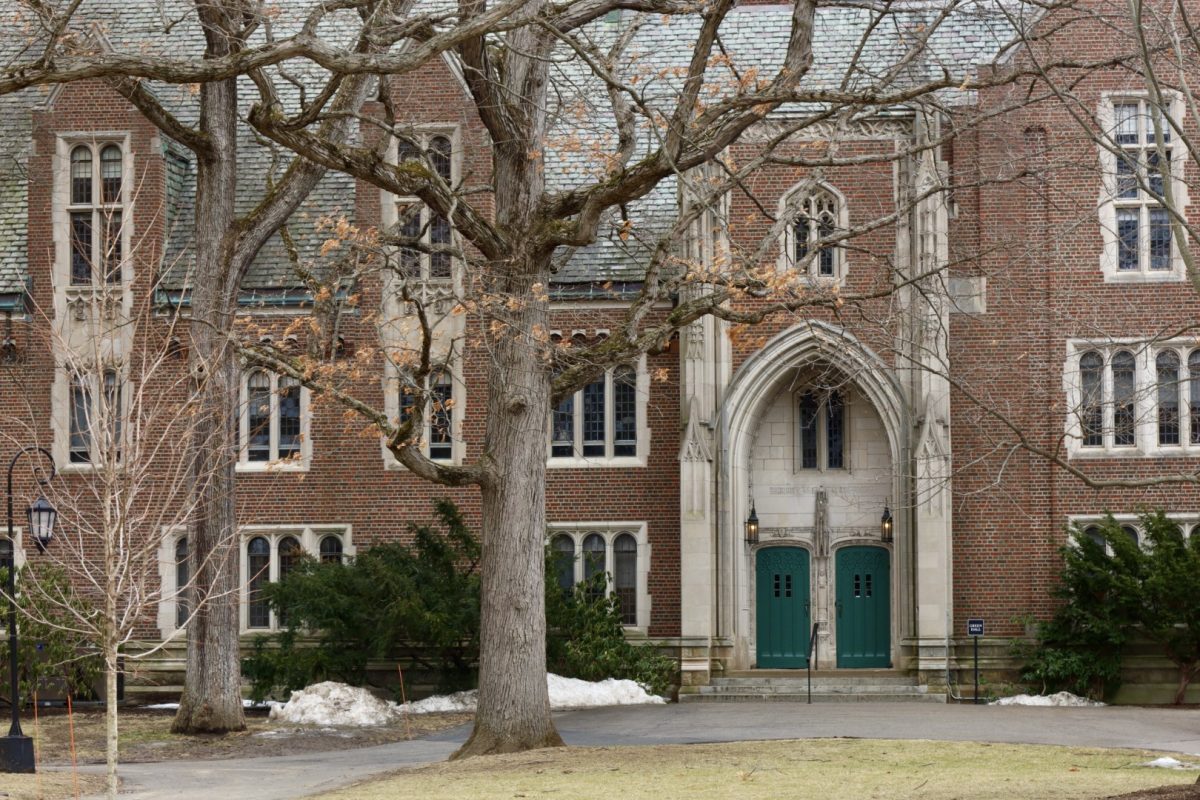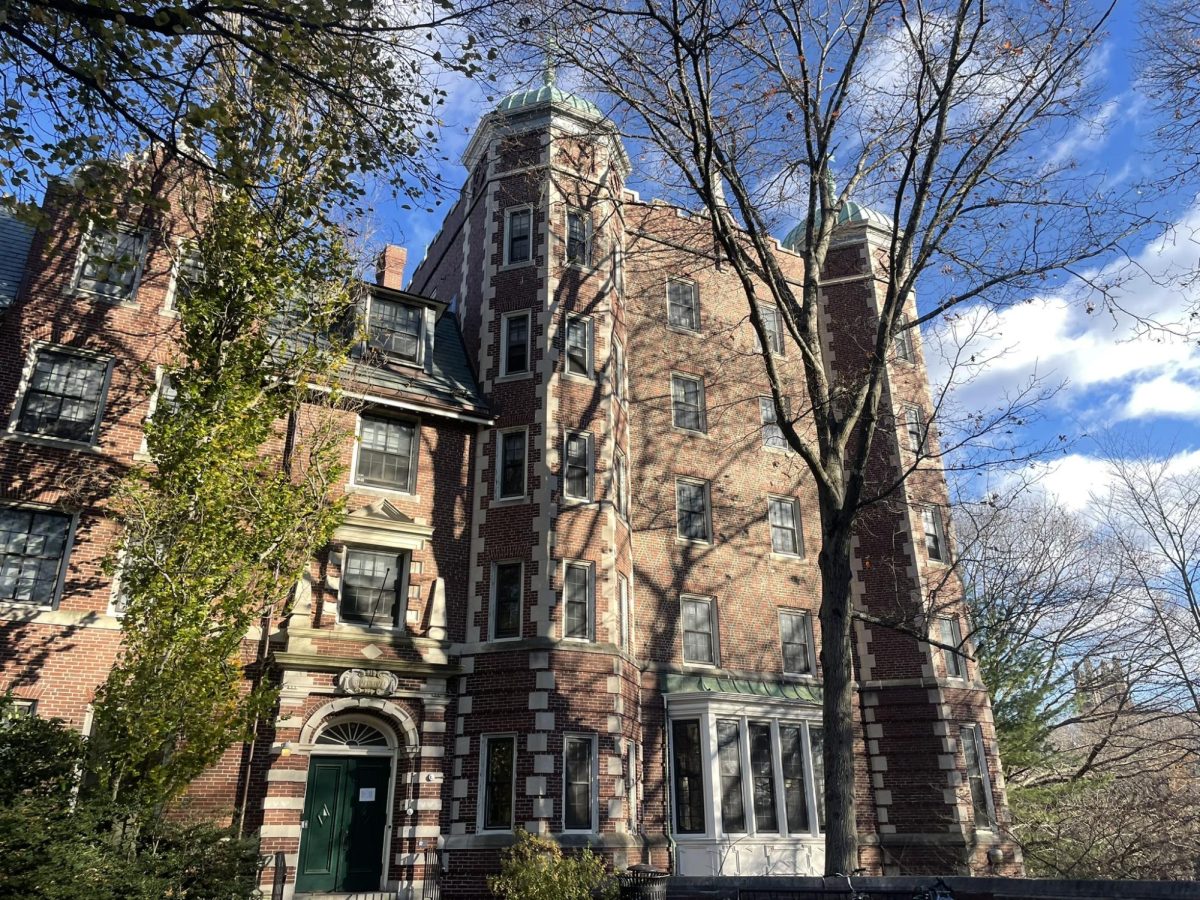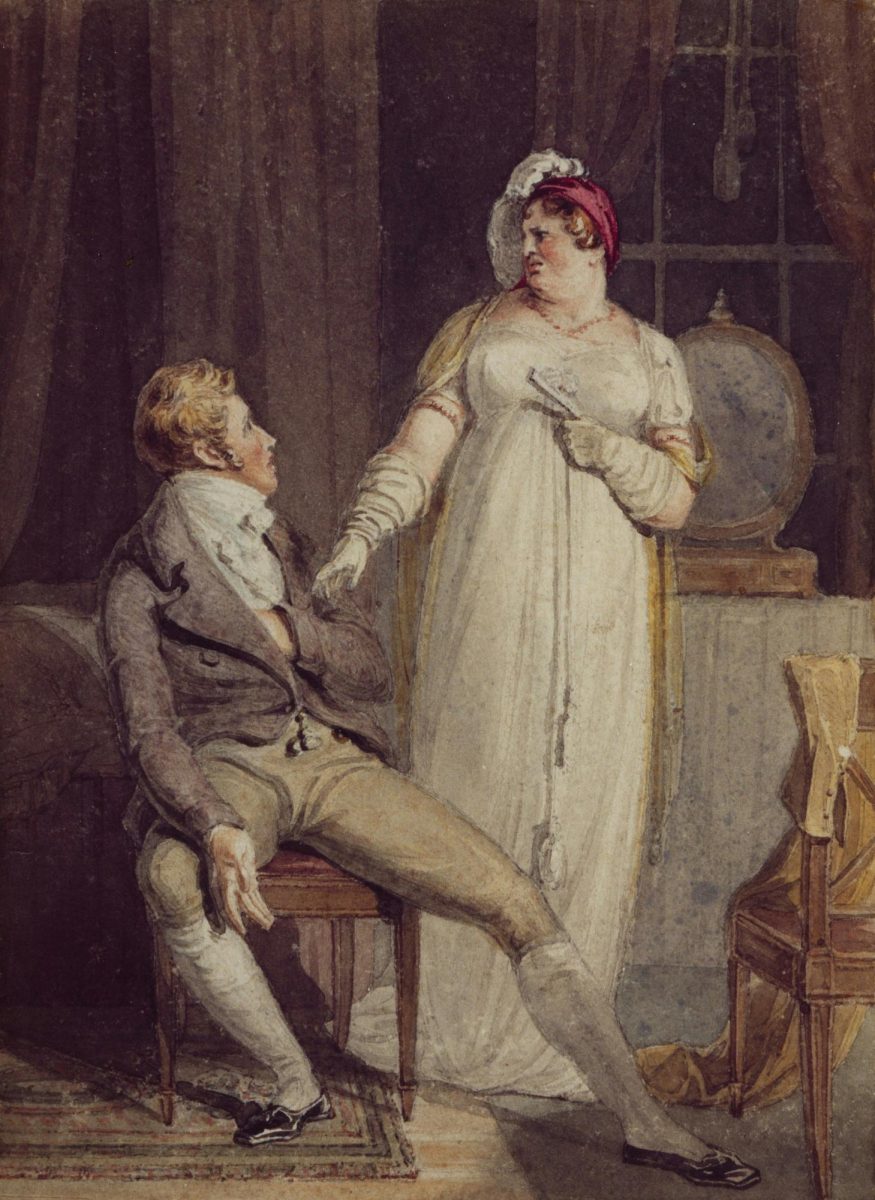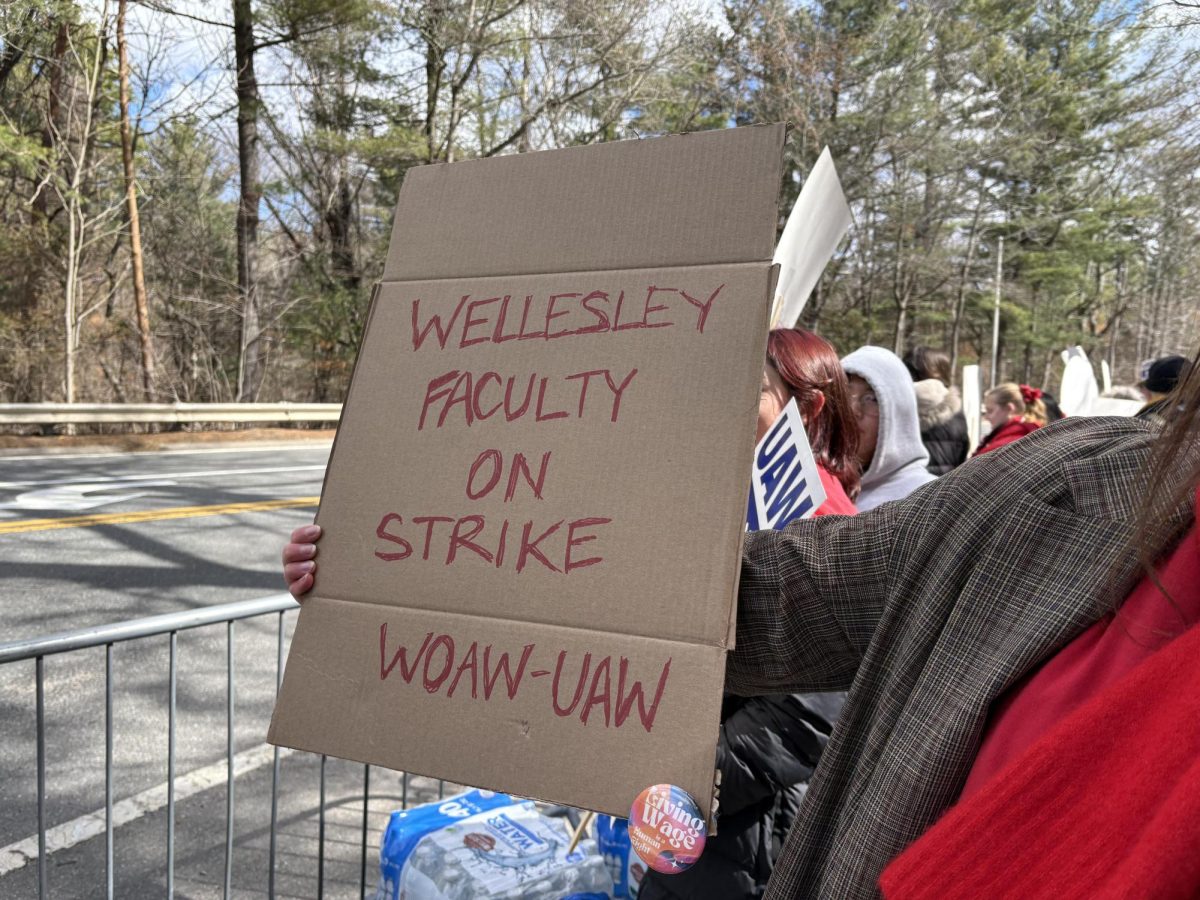On the morning of March 27, the Office of the Provost emailed all students that students will receive 0.5 credits for courses taught by striking NTT faculty, and students falling below the three credit minimum to maintain full-time status must enroll in new courses worth 0.5 credits. The College’s plan — or lack thereof — is riddled with miscommunications and backtracking, for this plan is purely a union-busting tactic meant to discourage WOAW from exercising their right to strike. Three weeks into the strike, we see how the plan is weaponized to obstruct bargaining progress. Now with a flimsy excuse to hold onto, the College has an “academic” justification to not meaningfully engage in bargaining and prolong the strike. As students, we have a responsibility to see through the administration’s facade and stand up for our NTT faculty.
The Office of the Provost’s original email on March 27 made several references to a “required number of minutes,” but it did not specify what this requirement is. The College continued to be inconsistent on this point, taking several days to construct a direct answer.
On March 31, Coile and President Paula Johnson presented to the College Government Senate on the topic. The slide on credit hours was prefaced with the helpful “warning: confusing!” and cited the notso-confusing definition “A semester hour must include at least 37.5 clock hours of instruction” (Federal Register, Vol 75 No. 209, page 66950).
Throughout this presentation, Coile reiterated that calculating the number of minutes is confusing. As a Wellesley student who has fulfilled my Quantitative Reasoning, Data Literacy and Mathematical Modeling distribution requirements, I — and many others — do not find multiplication confusing.
This plan was announced on the ninth week of classes. Because the strike began on a Thursday, NTT courses were likely able to meet on Monday and Tuesday, but not Thursday and Friday. Thus, we will assume 8.5 weeks of class had elapsed by the start of the strike. 150 minutes per week times 8.5 weeks is 1,275 minutes. If 1,950 minutes are worth 1.0 credit, we must divide 1,275 by 1,950 to get 0.65 credits. Thus, students whose classes are being cut short by the strike are receiving less credit than they actually completed. The College’s argument against awarding the amount of credit is because the College gives credit in units of 0.25. However, if the Registrar is able to frequently award study abroad and transfer credits in units of 0.8, there clearly is a way for Wellesley to adjust the amount of credits to accurately reflect student learning.
Another point of contention is that the new courses that students will complete in presumably the last four weeks of the semester are also equal to 0.5 credits. If students register for new classes on March 29, between March 31 and the last day of classes, they will have nine classes to attend. Nine class days times 75 minutes is 675 minutes. 675 minutes of class attended divided by the 1,950 minutes required for 1.0 credit is equal to 0.346 credits. Clearly, the classes students are forced to add at the last minute are not equivalent to their classes that have been cut short.
If the math seems nonsensical, that is the point. Of course, I’m sure the process of ensuring Wellesley’s credit hours align with accreditation standards was a thorough and intentional process that might not map out with mathematical precision. However, make no mistake: the Provost’s decision was not made to preserve the integrity of Wellesley academics — it was a last-ditch union-busting effort, and now administrators would rather save face than meet their responsibilities towards students. The Provost’s decision is extremely disrespectful, implying that our courses are interchangeable with each other. It suggests that Wellesley students take courses simply to get the credits for a degree, rather than to design an enriching academic experience. If there was a genuine concern to maintain Wellesley’s academic standards, the administration would not disregard how Wellesley students chose a liberal arts education to be intentional with their intellectual pursuits, minimize the learning students have put in so far by reducing their credit, and force students to take on new classes purely for gaining credit hours. If this was a genuine effort to support students, the administration would not disrespect tenure-track faculty by pressuring them to take on new students in the last few weeks of the semester and imply that any student could easily master their curriculum in only nine classes. If this was genuine, the administration would have bargained with the Union in good faith, avoiding the strike entirely.
The College justified announcing the credit plan on the first day of the strike by arguing that they needed to take action early in the event that the strike lasted all semester. Nearly twenty days into the strike, we see the College’s self-fulfilling prophecy materialize. Now with this plan to fall back on, the College presents the image that they do not need to bargain urgently to end the strike.
However, like with the original credit plan, this too has holes in it. It is expensive for the College to pay for picket line security each day. Thesising students have had to hurriedly reorganize their thesis panels. Delaying the strike puts summer courses and the Fall 2025 semester in limbo, as students are unsure as to which courses will be offered. Media attention will be on the College on Marathon Monday, families will come to campus on Commencement, and alums will come to campus for Reunion. Waiting out the strike is not sustainable. The College must swallow their pride and return to the bargaining table.
No amount of condescending Senate meetings, dismissive Zoom webinars or backtracking email blasts will salvage the situation. Administration has irrevocably destroyed whatever trust the Wellesley community have held for the administration. There is only one clear solution. First, the administration must substantively demonstrate their commitment to Wellesley academics by bargaining in good faith with WOAW to bring the strike to an end. This includes agreeing to WOAW’s offers for additional bargaining sessions, engaging with WOAW’s big ticket items and not pressuring the Union to engage in private mediation. Second, the administration must issue an apology to students (particularly international students, students on financial aid, and graduating seniors) and faculty (both tenure-track and NTT) for the chaos and damage the 0.5 credit plan has created.
Finally, we as students cannot lose sight of the issue at hand. Faculty teaching conditions are our learning conditions. We cannot sit on our hands and wait for the grown-ups to figure things out. Our education is being materially impacted, and we must take action. We are the students of this college. Our money pays senior leadership’s paychecks, and our money should be used to pay our educators. We have a voice in calling for the College to return to the bargaining table. We must use that voice to uphold the Wellesley education, for ourselves currently on campus, for the alums that came before us and for the students that will follow up.
Our community has been demonstrably shaken up by the College’s actions. As we reach the third week into the strike, we can tell that this is not a situation that will casually blow over. As a community, we have a responsibility to ourselves and future generations to preserve this institutional memory — as painful as it may be — and work to create a better future, one that values the labor of those who make Wellesley what it is.
Contact the editor(s) responsible for this story: Caitlin Donovan, Teesta Kasargod




